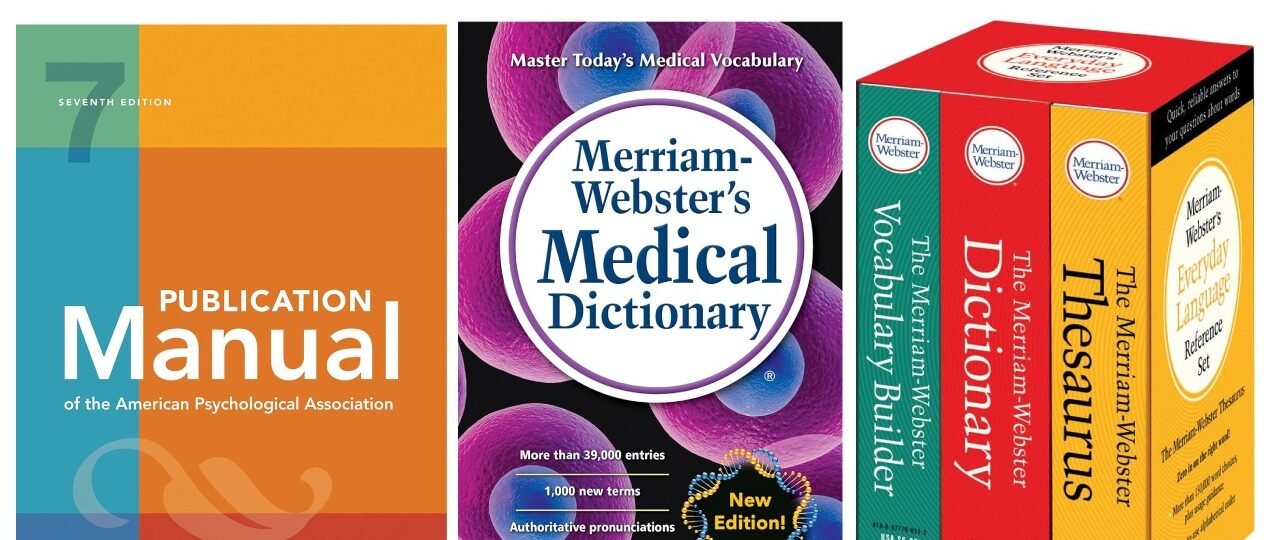You can read Best textbooks because they are written for learning. Unlike some technical journals or research papers (which can be very complex), textbooks are carefully designed to explain information in a clear, step-by-step way so that students of different ages and levels can understand.
Here’s why you can read them:
- Structured for readers – Textbooks break big subjects into smaller lessons or chapters. This makes it easier to follow along instead of getting overwhelmed.
- Simple explanations first – Most start with the basics before moving to advanced ideas, so you build understanding gradually.
- Helpful features – They include pictures, charts, bolded words, summaries, and questions to guide your reading.
- Practice included – After you read, you get exercises or examples to check if you really understood.
- Made for learners – Textbooks are not just information dumps; they’re written with the reader (student) in mind, which means they expect you to be learning and asking questions.
So, you can read textbooks because they are meant to teach, not just tell—they guide you through a subject in a way you can understand.
1. Best textbooks – Campbell Biology

Campbell Biology, 11th Edition is a textbook you can read because it is carefully designed to guide learners through the vast and complex world of biology in a clear, structured way. The book breaks down intricate topics—like cell biology, genetics, evolution, physiology, and ecology—into manageable chapters that build knowledge progressively from basic concepts to more advanced ideas. Each chapter includes learning objectives, summaries, review questions, and real-world examples, helping you understand not just facts but how biological principles apply in everyday life. Its illustrations, diagrams, and tables make complex processes like DNA replication, photosynthesis, and energy flow easier to visualize and remember. Additionally, the textbook incorporates practice problems, case studies, and critical thinking exercises that reinforce your learning and give you the confidence to apply what you’ve read. Designed for high school and college students, Campbell Biology is readable because it combines expert explanations, step-by-step guidance, and interactive elements, making even challenging biological concepts accessible, engaging, and practical forBest textbooks learners at any level.
3. Publication Manual

The Publication Manual of the American Psychological Association, 7th Edition (APA Manual) is the official guide for writing, formatting, and citing sources in psychology, social sciences, education, and related fields. It is a key resource for students, researchers, and professionals who need to produce clear, consistent, and credible academic work.
This manual explains how to:
- Format papers – including title pages, headings, margins, fonts, and reference lists.
- Cite sources correctly – whether books, articles, websites, or other media, following APA’s standardized style.
- Write clearly and concisely – providing guidance on bias-free language, grammar, punctuation, and clarity of expression.
- Present research ethically – covering proper attribution, avoiding plagiarism, and reporting data responsibly.
- Use tables, figures, and visuals – with consistent formatting to support academic writing.
You can read it because it is specifically written to teach and guide anyone who needs to write in APA style. The chapters are structured logically, starting with general formatting rules and moving to detailed instructions for references, in-text citations, and manuscript elements. Examples, sample papers, and clear explanations make complex rules easy to understand, and the manual is written for readers who may not have prior expertise in academic publishing.
The 7th Edition is an update from previous editions, including expanded guidance on digital sources, student papers, and inclusive, bias-free language. It is widely used in classrooms and by professionals to ensure that writing meets accepted academic standards.
3. Best textbooks Merriam-Webster’s Medical Dictionary

Merriam-Webster’s Medical Dictionary (Mass-Market Paperback, Newest Edition, 1st Edition) is a comprehensive reference book designed to provide clear and reliable definitions for medical terms used in healthcare, science, and everyday life.
This dictionary includes thousands of medical and scientific terms, covering anatomy, physiology, diseases, treatments, diagnostic procedures, and pharmacology. Each entry provides a concise definition, often with pronunciation guides, word origins, and sometimes usage examples, making it easier to understand complex terminology. The dictionary is written in plain, accessible language, so readers—whether students, healthcare professionals, or curious general readers—can grasp technical concepts without needing specialized prior knowledge.
You can read this dictionary because it is structured to teach and clarify. Entries are arranged alphabetically, which makes it easy to look up terms quickly. It includes cross-references and related terms, helping readers see connections between concepts and deepen their understanding. Unlike academic textbooks, which may assume a background in biology or medicine, Merriam-Webster’s Medical Dictionary is designed for a broad audience, making medical language more approachable for anyone.
The mass-market paperback format ensures it is portable and easy to use, whether at home, in school, or in a clinical setting. By providing clear explanations, pronunciations, and concise definitions, this dictionary empowers readers to understand medical language confidently, improving comprehension in both academic and everyday contexts.
4. Everyday Language Reference Set

Merriam-Webster’s Everyday Language Reference Set is a comprehensive language toolkit that combines three essential resources in one set: The Merriam-Webster Dictionary, The Merriam-Webster Thesaurus, and The Merriam-Webster Vocabulary Builder. It is designed to help readers improve their understanding, usage, and command of the English language.
- The Merriam-Webster Dictionary provides clear and concise definitions, pronunciations, word origins, and usage examples, making it easier for readers to understand and use words correctly in everyday and academic contexts.
- The Thesaurus offers synonyms and antonyms, allowing users to expand their vocabulary, vary their writing style, and choose words that best express their ideas.
- The Vocabulary Builder is designed to help readers systematically learn new words, understand nuances in meaning, and reinforce learning through quizzes and example sentences.
You can read this reference set because it is structured to teach and guide learners at all levels. Words are organized alphabetically in the dictionary and thesaurus sections, and the vocabulary builder introduces new words progressively, often grouped by theme or difficulty. Clear explanations, examples, and cross-references make it accessible even to readers without advanced knowledge of English. Unlike novels or specialized textbooks, this set is interactive and practical, allowing you to look up words as needed, explore related terms, and gradually improve your language skills.
The newest edition ensures that the content reflects modern usage, contemporary spelling, and current word trends, making it relevant for both academic study and everyday communication. With this set, readers can confidently enhance their writing, reading comprehension, and overall language proficiency Best textbooks .
5. Best textbooks Madrigal’s Magic Key to Spanish

Madrigal’s Magic Key to Spanish: A Creative and Proven Approach by Margarita Madrigal is a highly respected and widely used language-learning book designed to help beginners quickly and confidently learn Spanish.
The book uses a step-by-step, logical approach that builds on patterns in the Spanish language. It introduces grammar, vocabulary, and sentence structure in an easy-to-understand and memorable way, often showing how words in Spanish are related to English words. This method allows learners to start forming sentences from the very first lessons, rather than waiting until much later in a traditional grammar-heavy approach.
Key features of the book include:
- Clear explanations of grammar and vocabulary, with examples that are simple and practical.
- Engaging exercises and drills that reinforce what you learn in each chapter.
- Emphasis on reading, writing, and speaking, helping you practice all aspects of language use.
- Creative techniques like visual cues, word associations, and memory aids to make learning faster and easier.
You can read this book because it is specifically written for learners at all levels, even those with no prior knowledge of Spanish. The chapters are structured to build confidence and skills gradually, with clear instructions, examples, and practice exercises that make concepts easy to understand. By following the book, readers can progress from basic words and phrases to more complex sentences, gaining the tools to communicate effectively in Spanish.
The book’s proven approach, friendly style, and accessible explanations make it readable, practical, and engaging, allowing learners to see results quickly and feel motivated toBest textbooks continue studying.

